When you’re thinking of building a raised bed, you’ve got a lot of choices for materials. But which should you use? Wood, stone, concrete? What about cinder blocks? What are the pros and cons of cinder block raised beds?
Cinder blocks can be used for raised beds, and offer some pros and cons. Pros are: they’re inexpensive, widely available, durable, and allow flexible design. Cons are: leaching of chemicals from the concrete, high transportation costs, and they can make soil too hot for plants.
Cinder blocks work wonders for creating a raised bed that will last for years, despite a couple downsides.
table of contents Cinder Block Raised Beds ProsInexpensiveCinder block raised beds are easily customizableDurableAvailabilityCinder Block Raised Beds ConsThey’re just plain heavyTransportation costsCinder blocks can make soil too hotLeachingConcrete can lower soil pHWhat’s next: fill your raised beds on the cheapConclusion
Cinder Block Raised Beds Pros
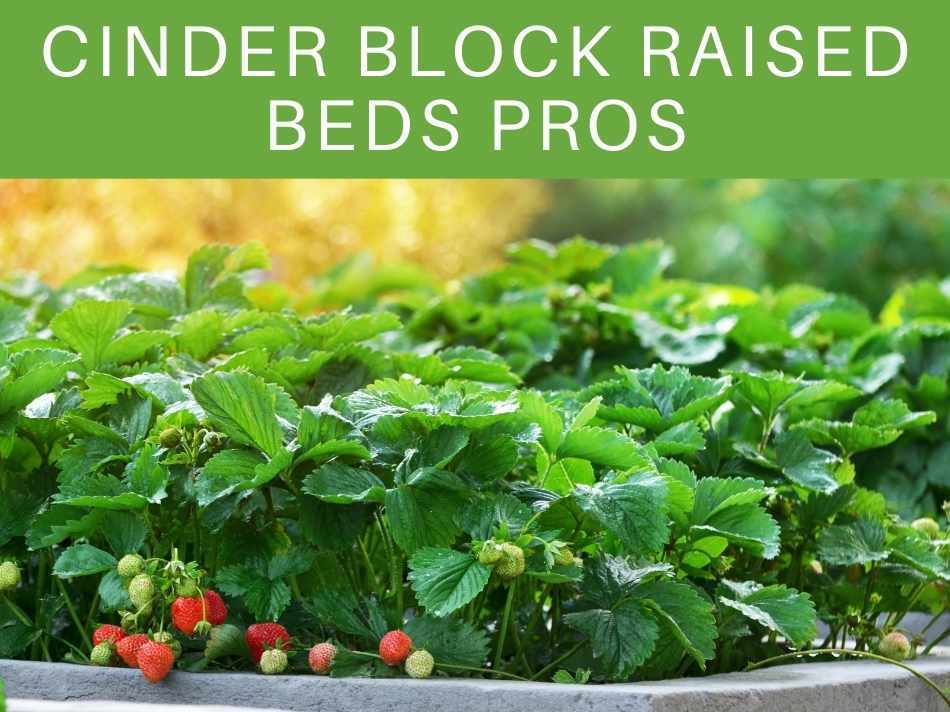
Cinder blocks are a popular choice for raised beds due to the uniform size, durability, cost & availability. Raised beds from cinder blocks let you control how high or low you want the bed to be, and give some control of invasive weeds & pests.
Likewise, you might be thinking of using cinder blocks as an alternative to pressure-treated wood.
Here are the 4 main pros for using cinder blocks for your raised garden bed:
Inexpensive
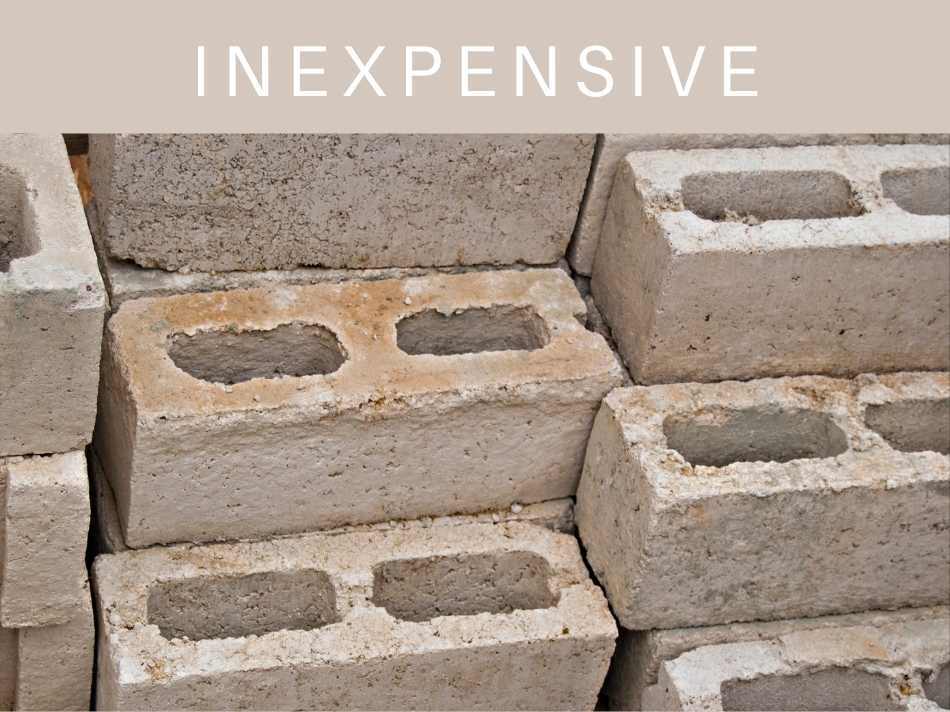
Cinder blocks may seem like a material that would possibly be expensive, but you will end up saving more in the long run with cinder blocks compared to wood, which can easily degrade.
Depending on the size of the cinder blocks you wish to use, you can find cinder blocks ranging in prices from as low as a few dollars (the most common) to upwards of ten to twenty dollars. If you are planting a large garden, larger cinder blocks would be ideal.
Cinder blocks are also available nearly everywhere that specializes in lawn or garden materials. You can construct a small cinder block garden for roughly twenty dollars, which is cheaper than having wood customized based on the dimensions of your garden.
The savings you can generate from deciding to choose cinder blocks are substantial for all of the benefits cinder blocks can bring to your raised bed.
Cinder block raised beds are easily customizable
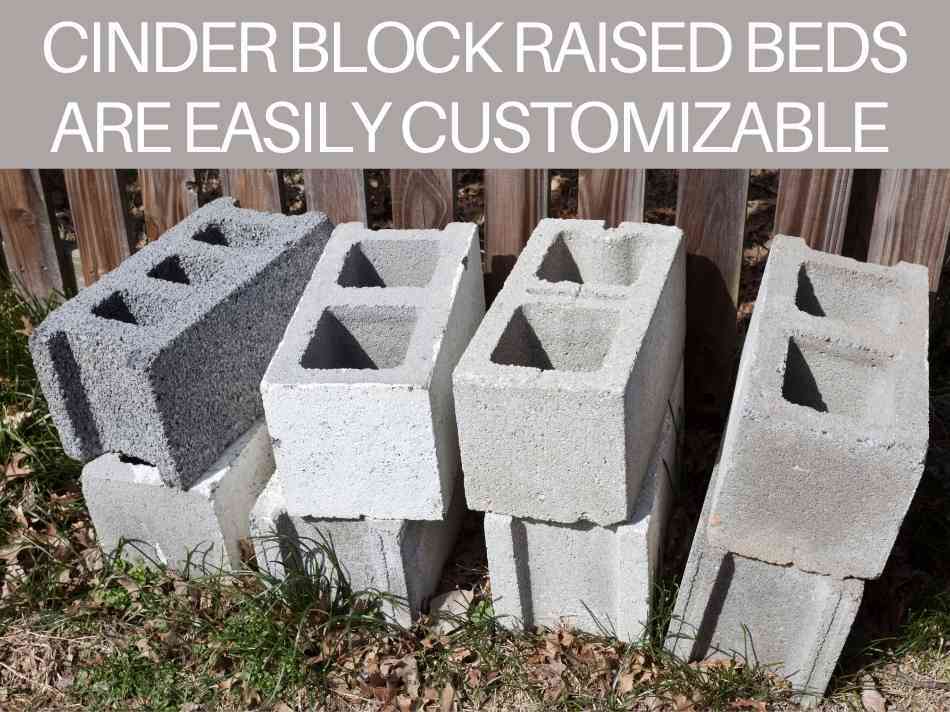
Choosing a cinder block raised bed is also great for overall accessibility to your garden. The higher you choose to stack your blocks, the easier it will be to maintain your garden and reduce back and joint pain. You can also stack and connect cinder blocks however you wish since the blocks will typically have concave edges for easy connectivity to one another.
You don’t have to worry about the walls of the garden collapsing or caving in since the blocks can easily be removed or replaced based on any issues that arise with your garden. This accessibility would be nearly impossible with a material like wood or metal because these structures cannot be easily removed once in place.
Durable
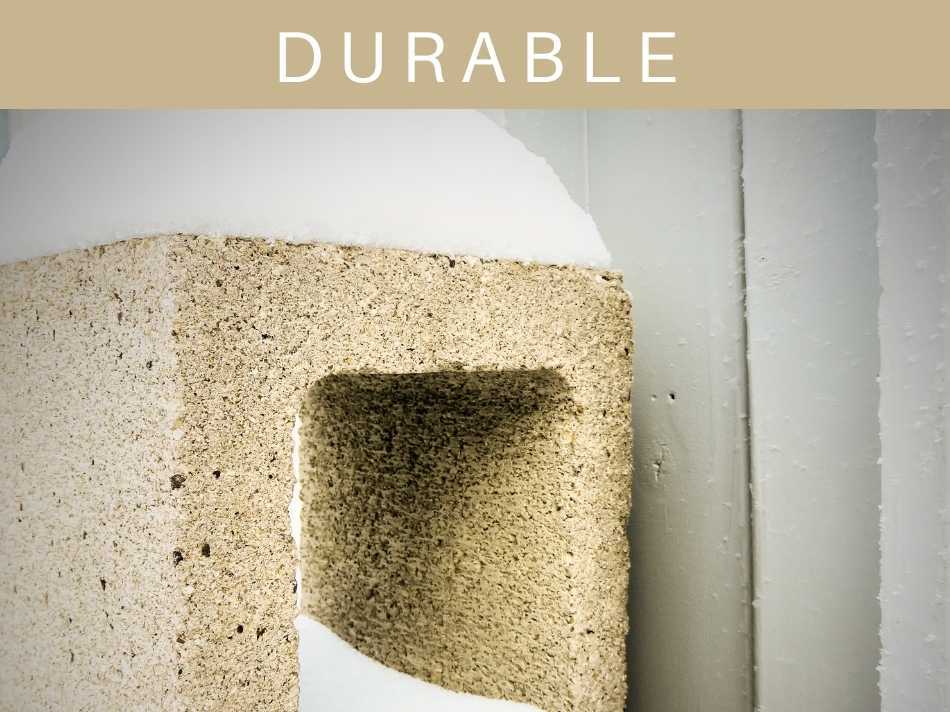
Lastly, cinder blocks are incredibly durable, and you can expect a cinder block to last virtually forever. You won’t have to worry about rotting or degrading materials like with any wood product–even in the wettest, most rain-sodden climate.
Even if you live in the wettest part of the Pacific Northwest, drenched in over 100 inches of rains per year, cinder blocks won’t break down. Sure, you might end up with moss-covered cinderblocks, but that’d only add to the visual appeal.
Cinder blocks are designed to last for years, which is another aspect of overall expense since you won’t have to replace cinder blocks continuously.
To ensure that your cinder blocks will last for the long haul, you may want to invest in a good quality of cinder block. Always prioritize using pillar blocks as much as you can since this type is usually the most durable.
Availability
No matter what part of the country you live in, you can find cinder blocks. In fact, no matter what part of the WORLD you live in, you can find cinder blocks–they’re ubiquitous.
So, unless you’re in the back-of-beyond, miles from a road, in the densest jungle, plotting your raised garden beds, Heart-of-Darkness style, you’ll be able to find cinder blocks.
Cinder Block Raised Beds Cons
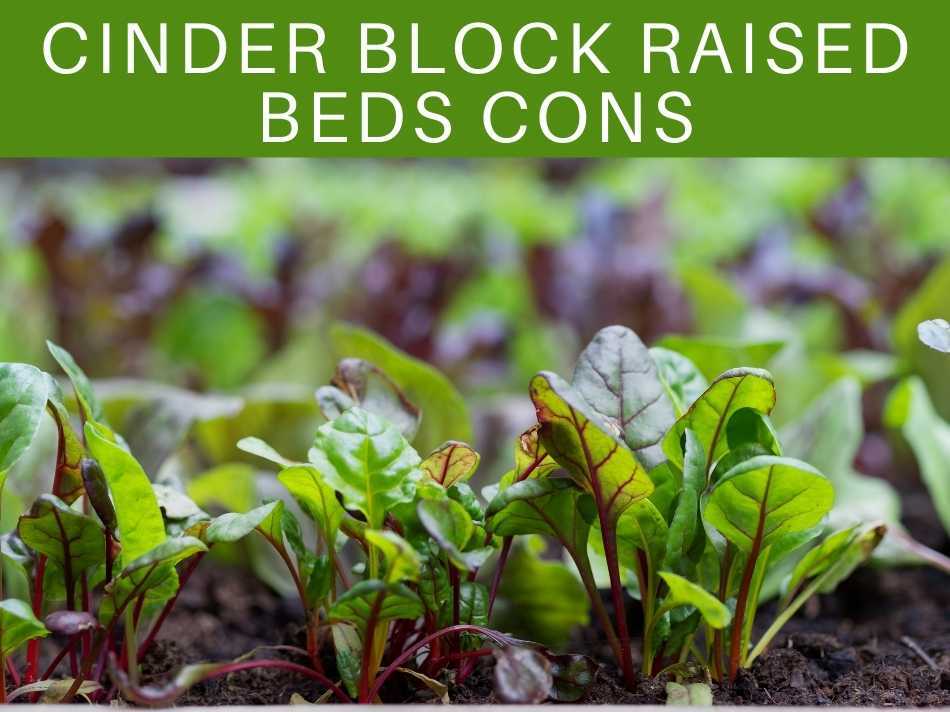
OK, so cinder blocks have some pros on their side.
But what are the downsides to building a raised bed with cinder blocks?
Price, durability, and accessibility are usually the strongest selling points for choosing cinder blocks, but the cinder blocks come with some downsides for gardeners.
They’re just plain heavy
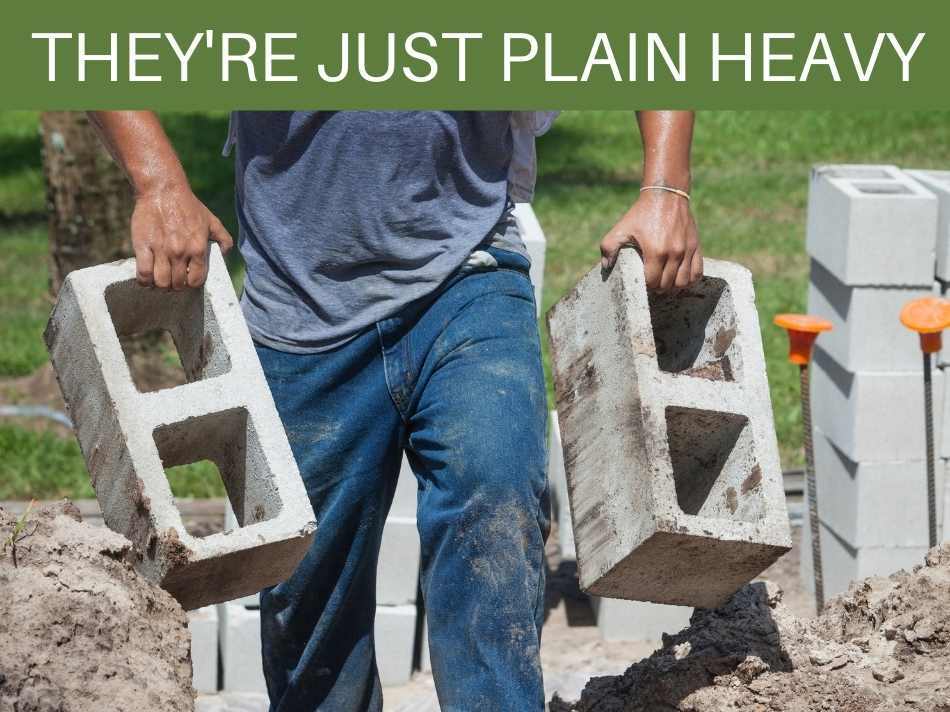
There is one universal truth when it comes to cinder blocks: the blocks are heavy. Simply picking up one cinder block is going to require a bit of strength. The sheer weight of lifting cinder blocks is one of the primary reasons that gardeners turn to wood-based materials to build raised beds.
Likewise, even if you only need to carry the blocks from your car to the garden area and customize the blocks to your choosing–you will need some strength to deal with the back and leg work involved. If you are constructing a large garden with cinder blocks, you might want to rope in a few friends to help lighten the load.
Transportation costs
To piggyback on the fact that cinder blocks are just plain heavy, if you’re building several raised beds, you’re going to need a fair number of cinder blocks.
At that point, they’re not something you can put in the trunk of your car. If you’ve got a pickup truck–or a friend with a pickup truck who you can cajole with a few beers and some pizza–then you can haul your blocks home.
But what if you need your cinder blocks delivered? Well, then delivery costs can get pricey–maybe adding $50 or $100 or more, depending on how far out in the sticks you live.
Cinder blocks can make soil too hot
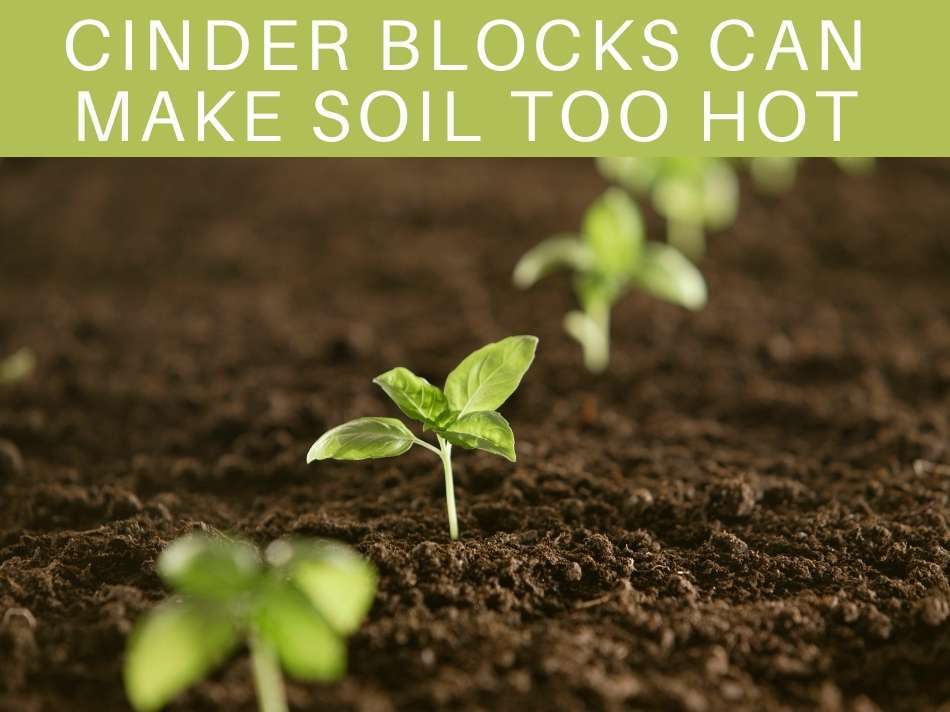
Unlike wood, cinder blocks are made of concrete, which–given it’s thermal mass–can trap heat within your garden soil. If heat continuously builds up in your garden, your plants can be adversely affected. This may pose a problem if you live in areas with incredibly hot summers or areas with above-average UV rays.
You can try and get around this problem by constructing your bed as nearer to shade as possible while still allowing sunlight to shine on the bed. Excessive heat can cause damage to the roots of plants that can affect the performance of your garden.
Leaching
Cinder blocks are made of concrete and coal cinders that result during the production process. The byproducts that can be released from concrete can sometimes make the surrounding soil of your garden alkaline and even toxic; however, this is rare. This process is known as leaching, caused by the blocks being exposed to water and settling into the surrounding soil of the garden.
There is no real way to prevent leaching from happening, and although it rarely occurs, the possibility is still there. Most gardeners who decide to build a cinder block raised bed typically choose to plant non-edibles such as flowers and decorative plants to avoid possibly ingesting potentially toxic chemicals that can occur from possible leaching.
Another drawback to cinder block is the buildup and release of lime into the soil as the age of the blocks increases. Lime is a chemical that can be found in concrete that has remained exposed outside in the elements over a number of years.
Sealing your bed with a waterproof sealant can work wonders for preventing the leaching process.
However, a better–and prettier option–is to grow plants that can help absorb toxins such as sunflowers.
Concrete can lower soil pH
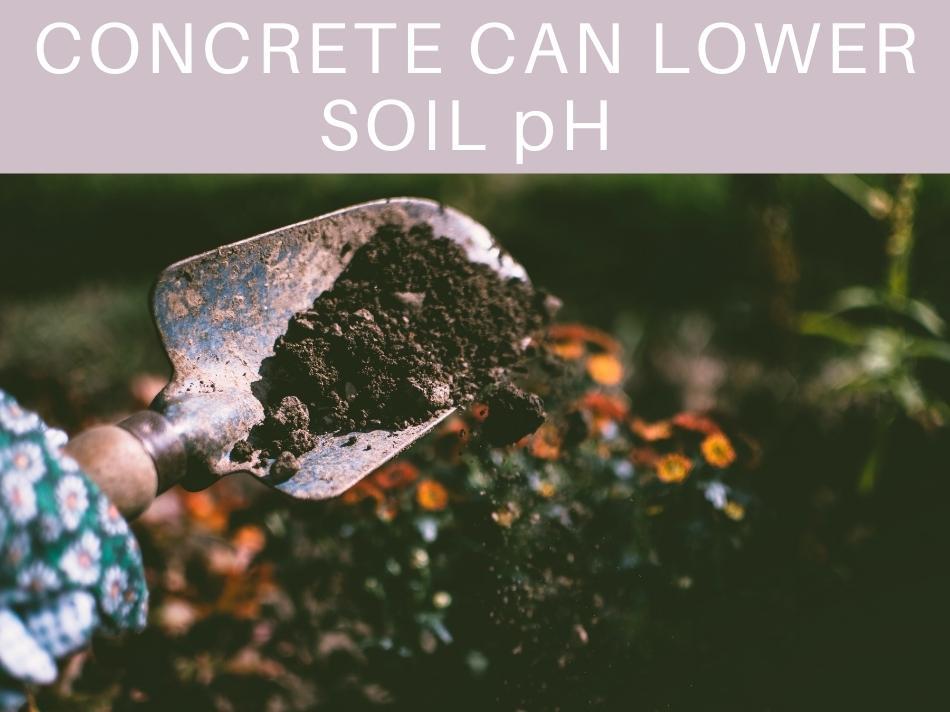
The concrete from cinder blocks–like other calcium-based building materials like stucco–can affect soil pH. Studies have found that soils containing construction materials like concrete & stucco are more alkaline.
That’s not necessarily a bad thing–especially if your soil is overly acidic. But unless you live in a cranberry bog, too-acidic soils are uncommon.
What’s next: fill your raised beds on the cheap
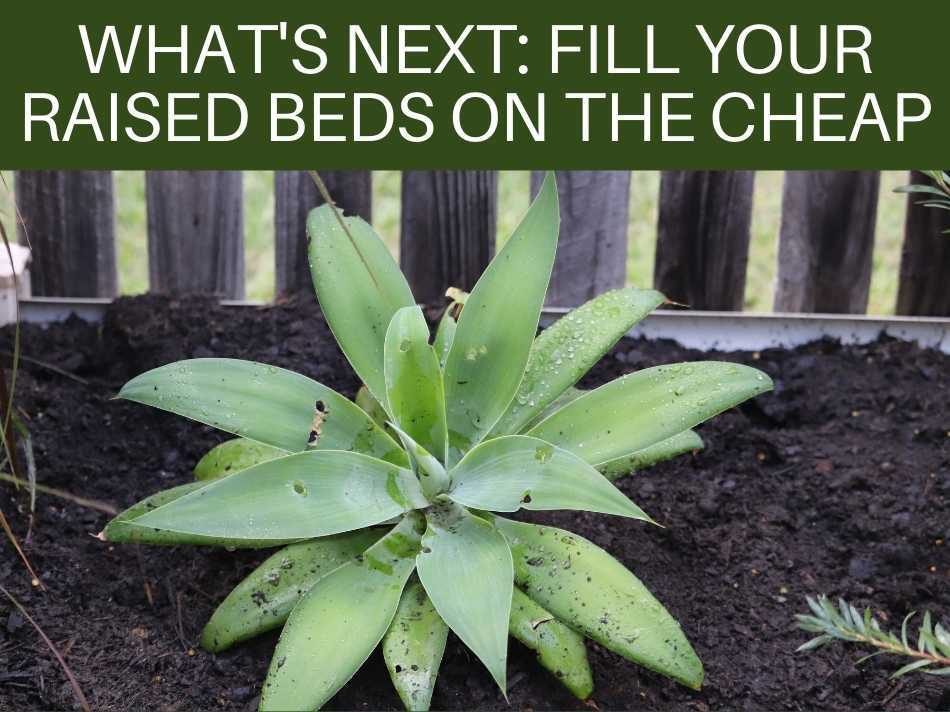
OK, so you’ve reviewed the pros and cons of cinder block raised beds. And maybe you even have your raised beds built.
So what’s next? You’ll need to fill them with soil. If you don’t already have soil you can use, check out our article on the cheapest way to fill raised garden beds.
Conclusion
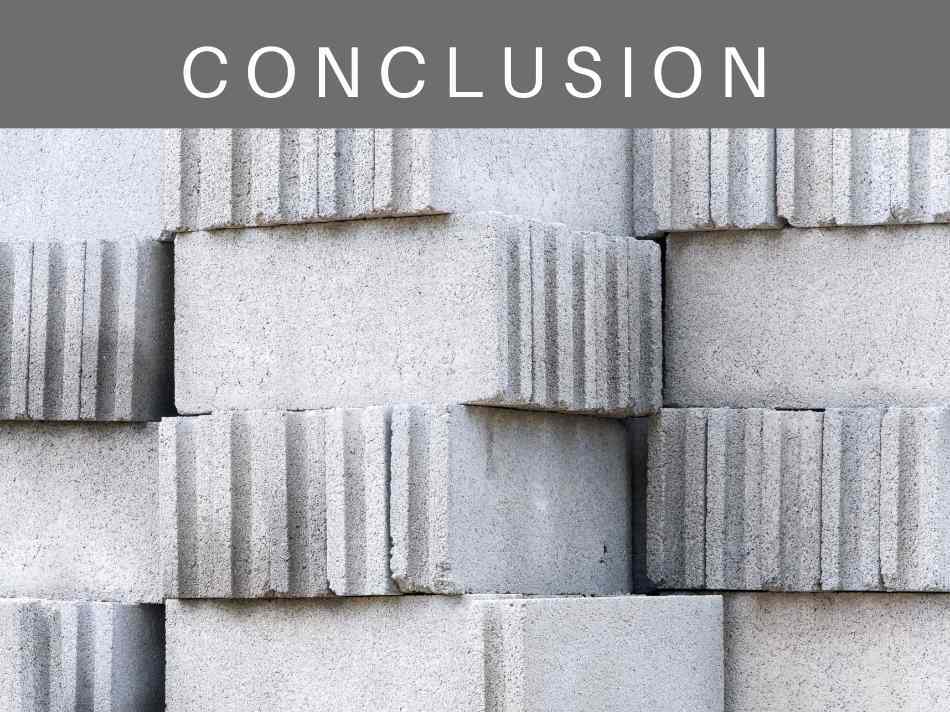
There you have it, the pros and cons of using cinder blocks to build your raised bed. The advantages of using cinder blocks far outweigh the minor disadvantages. Cinder blocks are inexpensive and provide flexibility if you wish to change the design pattern of your bed. Although leaching and the weight of the blocks can pose some potential problems, the pros might outweigh the cons.

